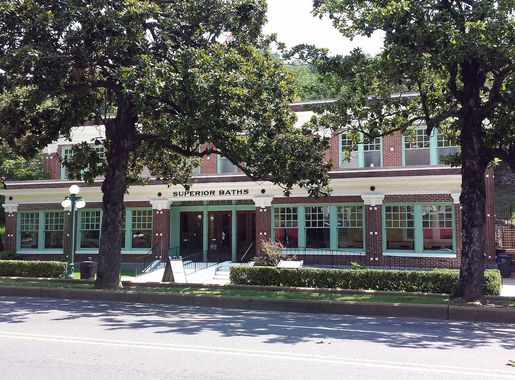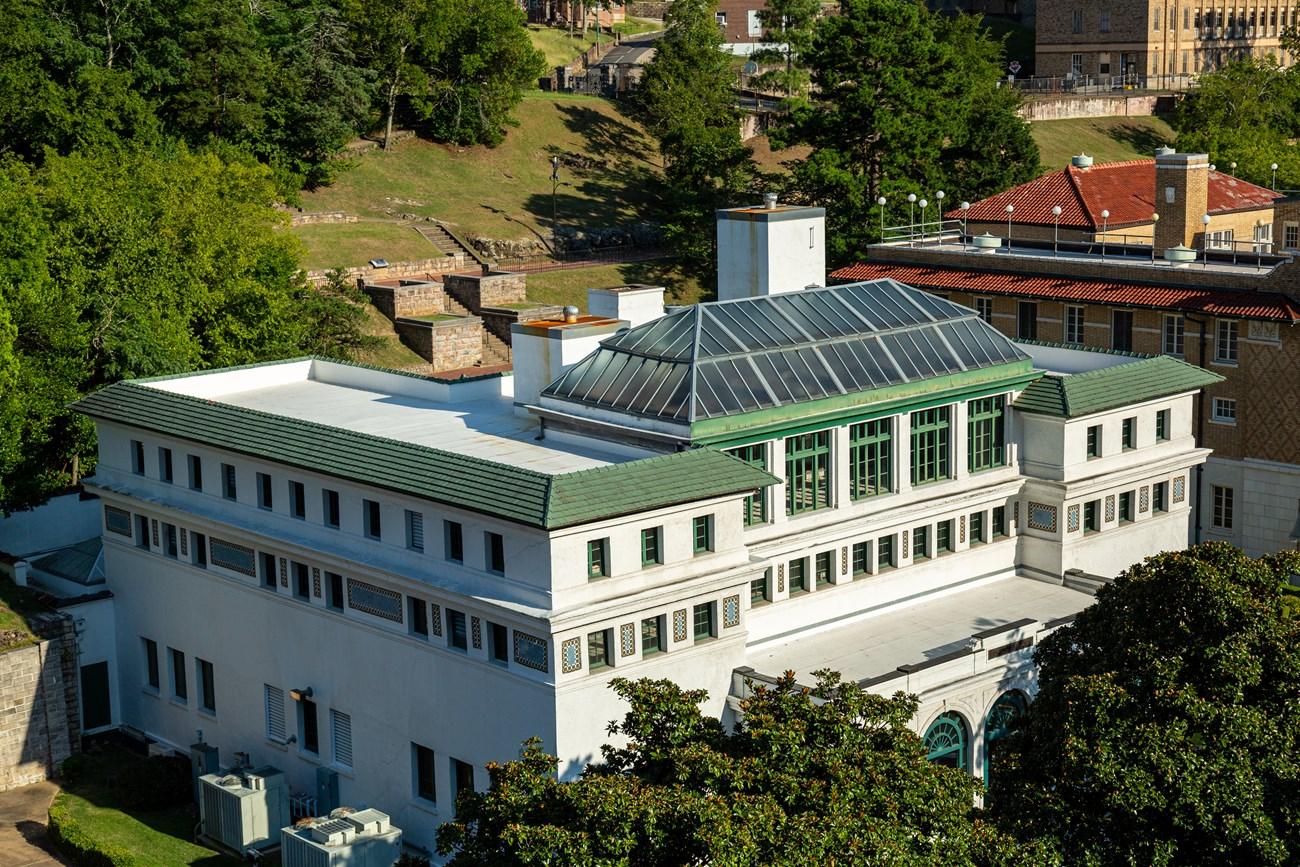
The Healing Waters of Hot Springs National Park
Discover the rejuvenating thermal springs and historic charm of Hot Springs National Park, Arkansas. A perfect blend of natural beauty, rich history, and modern amenities awaits.
Hot Springs National Park, located in the heart of Arkansas, is a treasure trove of natural wonders and historic charm. Known for its rejuvenating thermal springs, the park offers visitors a unique opportunity to bask in the healing waters that have been cherished for centuries. The park’s rich history is intertwined with its natural beauty, making it a must-visit destination for those seeking both relaxation and adventure. The park is home to the famous Bathhouse Row, a collection of eight historic bathhouses that reflect the opulence of the early 20th century. Visitors can tour these magnificent structures, some of which have been restored and repurposed into museums, shops, and even a brewery. The park also boasts a network of scenic hiking trails that wind through lush forests, offering stunning vistas and a chance to encounter local wildlife. Whether you’re soaking in the thermal waters or exploring the serene landscapes, Hot Springs National Park promises an unforgettable experience. For those interested in history, the park’s visitor center provides a wealth of information about the area’s past, including its significance to Native American tribes and its development as a health resort. The nearby town of Hot Springs adds to the park’s allure with its vibrant arts scene, eclectic shops, and charming restaurants. With its blend of natural beauty, historical significance, and modern amenities, Hot Springs National Park is an ideal destination for tourists of all ages.
Local tips in Hot Springs National Park
- Visit early in the morning to avoid crowds at the bathhouses and hiking trails.
- Bring comfortable walking shoes as the park has many trails and historic sites to explore.
- Don’t forget your water bottle; staying hydrated is important, especially if you plan to hike.
- Check the weather forecast before your visit, as some activities are best enjoyed in good weather.
- Make time to visit the Hot Springs Mountain Tower for panoramic views of the park and surrounding areas.
- Explore the local cuisine; the town of Hot Springs offers a variety of dining options, from Southern comfort food to fine dining.
The Healing Waters of Hot Springs National Park
Hot Springs National Park, located in the heart of Arkansas, is a treasure trove of natural wonders and historic charm. Known for its rejuvenating thermal springs, the park offers visitors a unique opportunity to bask in the healing waters that have been cherished for centuries. The park’s rich history is intertwined with its natural beauty, making it a must-visit destination for those seeking both relaxation and adventure. The park is home to the famous Bathhouse Row, a collection of eight historic bathhouses that reflect the opulence of the early 20th century. Visitors can tour these magnificent structures, some of which have been restored and repurposed into museums, shops, and even a brewery. The park also boasts a network of scenic hiking trails that wind through lush forests, offering stunning vistas and a chance to encounter local wildlife. Whether you’re soaking in the thermal waters or exploring the serene landscapes, Hot Springs National Park promises an unforgettable experience. For those interested in history, the park’s visitor center provides a wealth of information about the area’s past, including its significance to Native American tribes and its development as a health resort. The nearby town of Hot Springs adds to the park’s allure with its vibrant arts scene, eclectic shops, and charming restaurants. With its blend of natural beauty, historical significance, and modern amenities, Hot Springs National Park is an ideal destination for tourists of all ages.
When is the best time to go to Hot Springs National Park?
Iconic landmarks you can’t miss
Goat Rock Trail
Discover the stunning Goat Rock Trail in Hot Springs National Park, a perfect hiking destination for nature lovers and families seeking adventure.
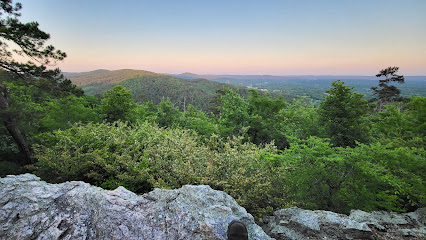
Arkansas Walk of Fame
Explore the Arkansas Walk of Fame in Hot Springs, a unique outdoor tribute to the state's famous residents and their contributions to culture and entertainment.
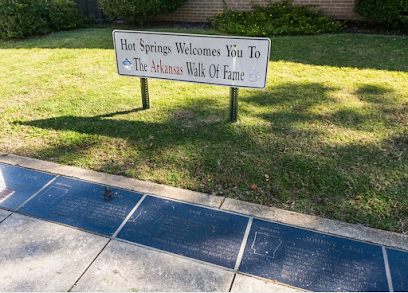
Hot Springs Historic Marker
Explore the historical significance of the Hot Springs Historic Marker in Arkansas, a must-visit landmark nestled in the stunning Hot Springs National Park.
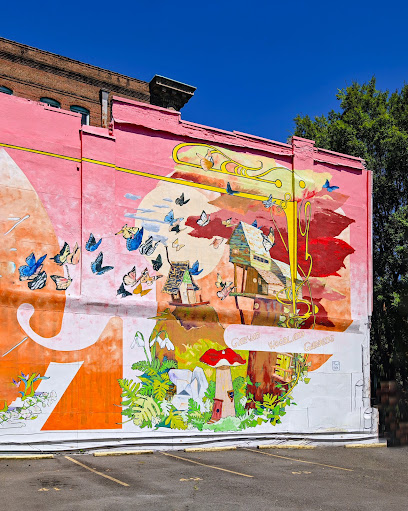
Unmissable attractions to see
Oaklawn Racing Casino Resort
Discover the excitement of Oaklawn Racing Casino Resort in Hot Springs, AR, where thrilling horse races and a vibrant casino await your visit.
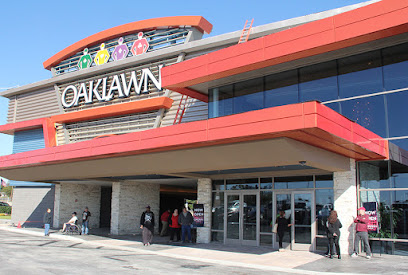
Magic Springs
Dive into fun and adventure at Magic Springs, Hot Springs' premier amusement and water park, where excitement awaits for all ages.
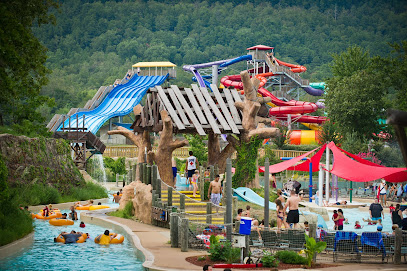
Mid-America Science Museum
Explore the Mid-America Science Museum in Hot Springs, AR for interactive exhibits and fun-filled learning experiences for all ages.
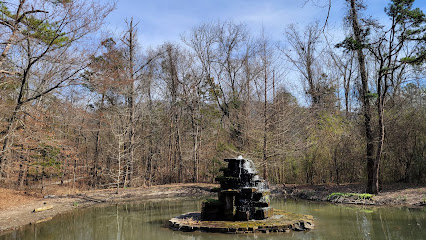
Lake Catherine State Park
Explore the natural beauty of Lake Catherine State Park, a tranquil getaway in the Ouachita Mountains filled with outdoor adventures and stunning scenery.
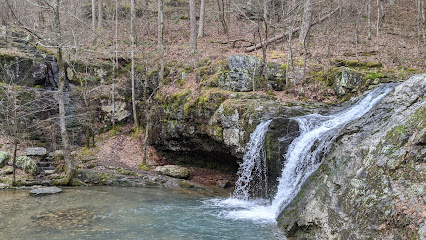
Arkansas Alligator Farm & Petting Zoo
Explore the unique Arkansas Alligator Farm & Petting Zoo, a family-friendly attraction offering close encounters with alligators and a variety of farm animals.
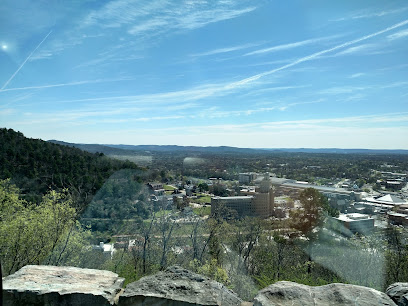
Fordyce Bathhouse Visitor Center And Museum
Explore the rich history of spa culture at the Fordyce Bathhouse Visitor Center and Museum in Hot Springs, Arkansas, a must-visit for history and wellness enthusiasts.
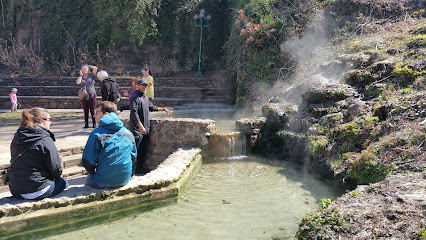
Pirate's Cove Adventure Golf
Experience the thrill of miniature golf in a pirate-themed paradise at Pirate's Cove Adventure Golf in Hot Springs, Arkansas, a must-visit attraction for families and tourists.
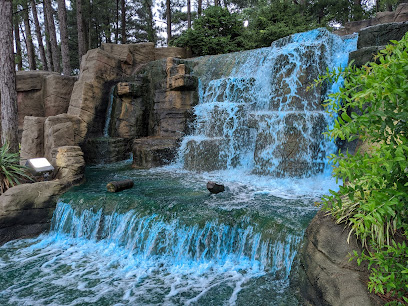
Entergy Park
Explore Entergy Park, a serene urban oasis in Hot Springs, AR, featuring scenic trails, a tranquil lake, and beautiful landscapes for all to enjoy.
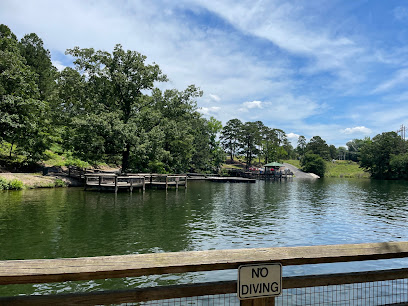
Family Park
Explore Family Park in Hot Springs, Arkansas—an idyllic city park featuring lush landscapes, fun attractions, and a tranquil pond, perfect for family outings.
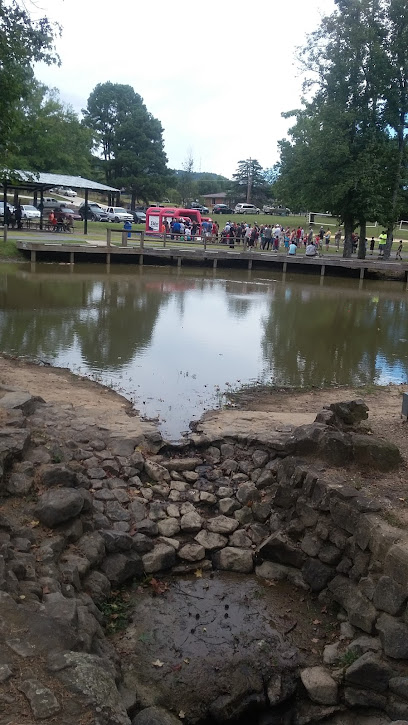
Cedar Glades Park
Explore Cedar Glades Park: A Beautiful Natural Escape in Hot Springs, Arkansas with Hiking, Disc Golf, and Scenic Views.
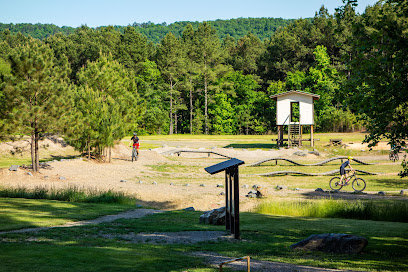
Sunset Trail
Explore the stunning landscapes and breathtaking vistas along the Sunset Trail in Hot Springs National Park, where nature and adventure await.
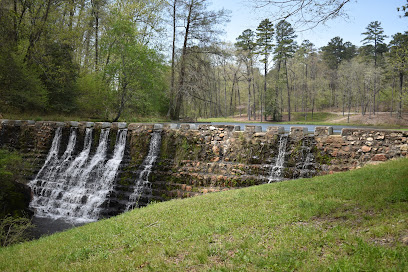
Volcano Falls Miniature Golf
Experience the ultimate family adventure at Volcano Falls Miniature Golf in Hot Springs, AR, with thrilling miniature golf, go-kart racing, and laser tag.

Baseball Trail Park
Explore Baseball Trail Park in Hot Springs, Arkansas: A serene escape for nature lovers and sports enthusiasts alike.
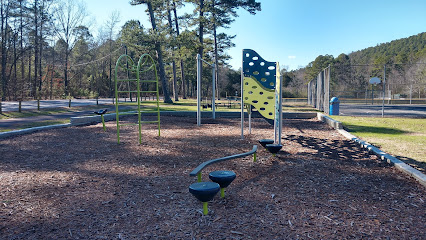
Hot Springs Haunted Tours
Uncover the eerie history of Hot Springs, Arkansas, through ghostly tales and chilling adventures on the Hot Springs Haunted Tours.
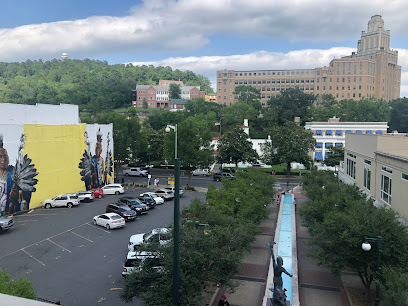
Desoto Park
Explore the serene landscapes and vibrant trails at Desoto Park, a must-visit destination in Hot Springs, Arkansas, perfect for outdoor enthusiasts and families.
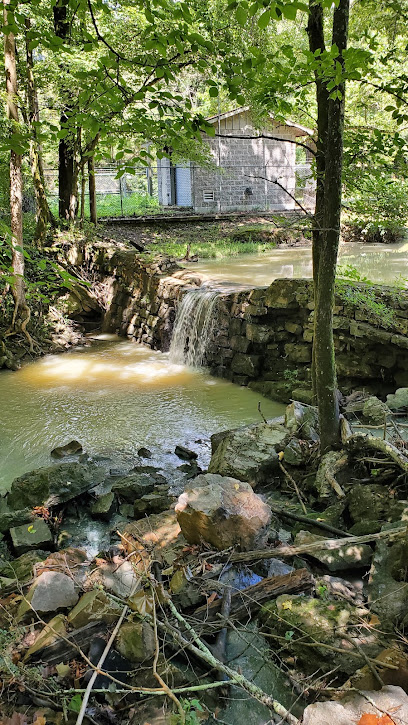
Essential places to dine
Steinhaus Keller
Discover authentic German cuisine at Steinhaus Keller in Hot Springs - where every meal is a celebration of flavor and tradition.
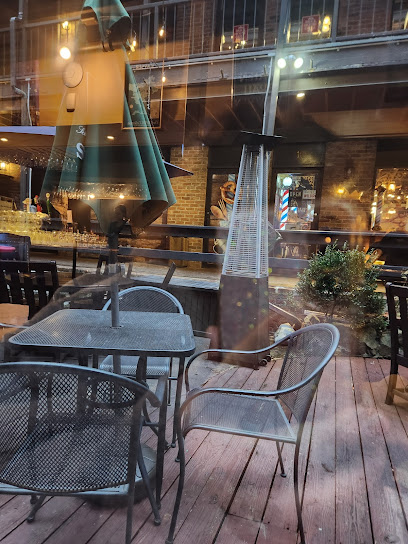
Rolando's
Experience authentic Ecuadorian flavors at Rolando's in Hot Springs - a culinary journey through Latin America awaits!
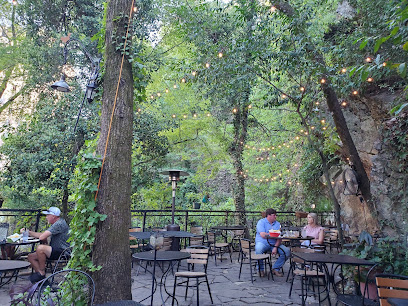
Phil's Family Restaurant
Experience the best of Southern cuisine at Phil's Family Restaurant in Hot Springs National Park - where comfort food meets family-friendly hospitality.
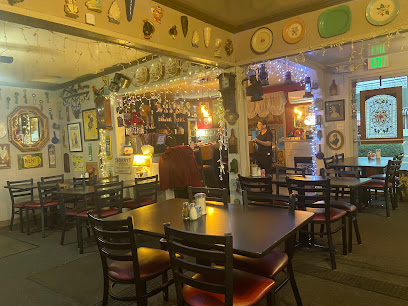
McClard's Bar-B-Q Restaurant
Experience authentic Southern BBQ at McClard's Bar-B-Q Restaurant in Hot Springs National Park – where every bite tells a story.
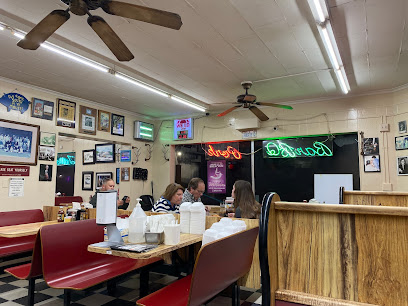
Brick House Grill
Discover Brick House Grill: A cozy American restaurant in Hot Springs National Park serving hearty meals in a welcoming atmosphere.
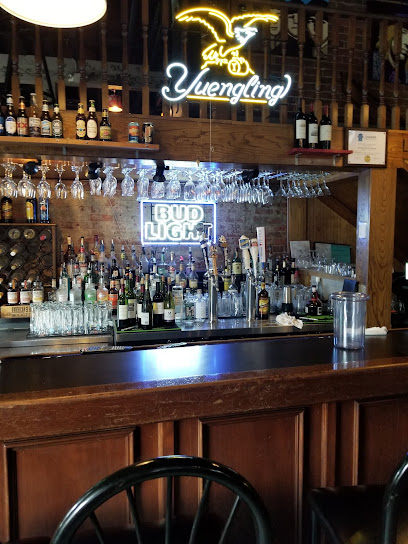
VAULT
Experience exquisite American cuisine at Vault in Hot Springs National Park - where flavor meets elegance.
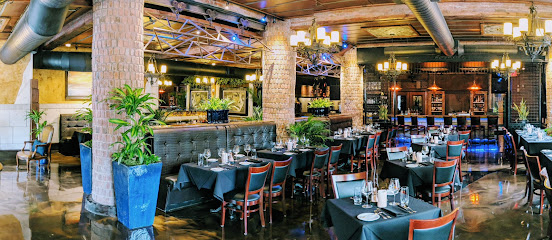
Markets, malls and hidden boutiques
Hot Springs Mountain Tower
Discover stunning vistas and local treasures at Hot Springs Mountain Tower, a must-visit gem in Arkansas.
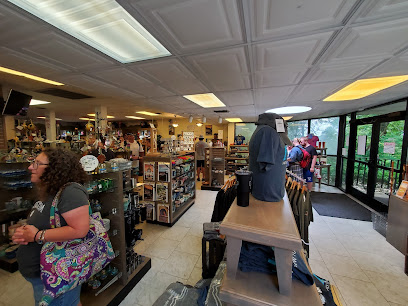
Cornerstone Market Place
Explore Cornerstone Market Place, a lively shopping mall in Hot Springs, Arkansas, offering diverse shops, delicious dining, and local events.
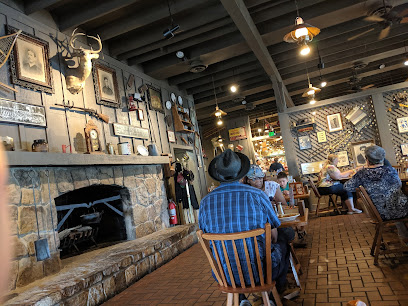
Uptown Hot Springs
Explore Uptown Hot Springs, a vibrant shopping mall in Arkansas, blending retail, relaxation, and local culture for an unforgettable experience.
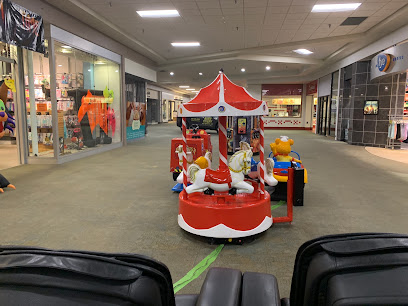
Rocket Fizz
Experience a whimsical candy wonderland at Rocket Fizz in Hot Springs, Arkansas, where unique sweets and quirky gifts await every visitor.
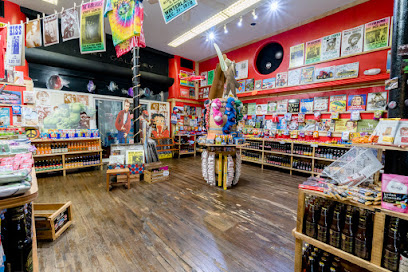
Indiandale Shopping Centre
Discover the vibrant Indiandale Shopping Centre in Hot Springs, Arkansas, for an unforgettable shopping and dining experience.

BATHHOUSE Soapery & Caldarium
Explore BATHHOUSE Soapery & Caldarium, where luxurious bath products meet unique gifts in Hot Springs, Arkansas.
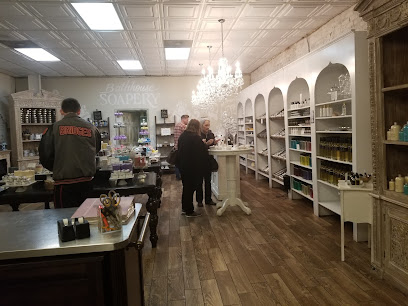
Central Avenue Market Place
Discover unique antiques and collectibles at Central Avenue Market Place, a vibrant flea market in Hot Springs, Arkansas, perfect for treasure hunters.
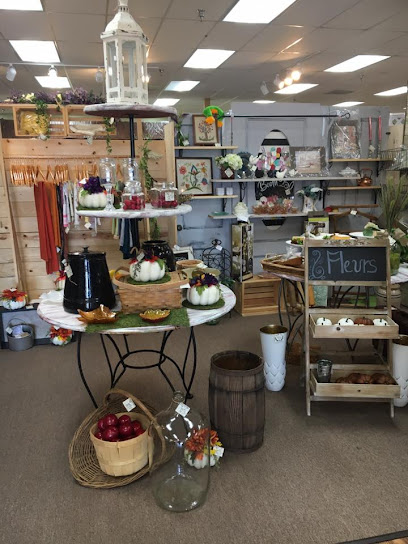
It's About Rocks
Explore It's About Rocks in Hot Springs, AR: Your destination for unique gifts, crystals, and metaphysical supplies that inspire and enchant.

Coleman's Rocks-R-Gems
Explore the beauty of nature at Coleman's Rocks-R-Gems in Hot Springs, Arkansas, your ultimate destination for unique rocks and gemstones.

Earthbound Trading Co.
Discover unique gifts and fashion at Earthbound Trading Co. in Hot Springs National Park - a haven for souvenirs and local artistry.
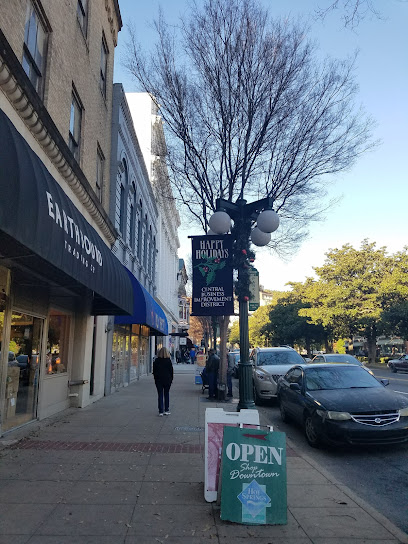
The Vintage Ranch
Discover unique treasures and vintage charm at The Vintage Ranch in Hot Springs, a must-visit destination for antique lovers and souvenir seekers.
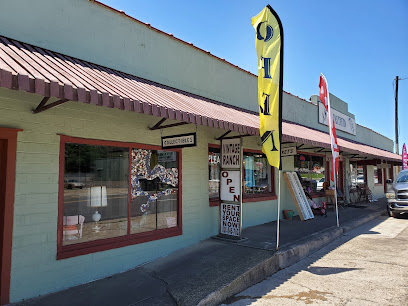
Kringles in the Park
Discover the magic of the holidays year-round at Kringles in the Park, a charming gift shop in Hot Springs, Arkansas, specializing in Christmas decor and unique souvenirs.
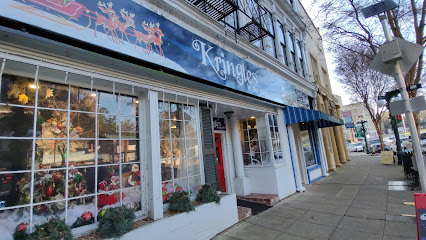
Stella Mae's
Explore Stella Mae's, a retro clothing store in Hot Springs, where vintage meets modern style with unique fashion finds.
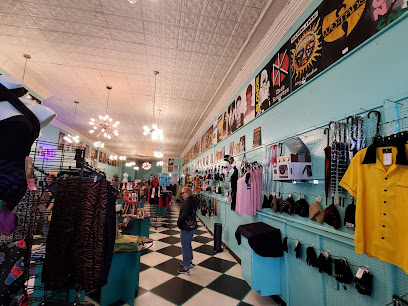
Bathhouse Row Emporium
Explore Bathhouse Row Emporium in Hot Springs, Arkansas for unique gifts and local treasures that capture the essence of your visit.
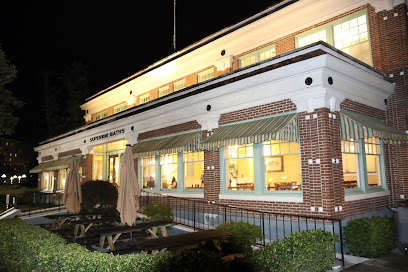
Desoto Rock and Gift Shop
Explore the enchanting Desoto Rock and Gift Shop in Hot Springs, Arkansas, where unique stones and handcrafted jewelry await your discovery.
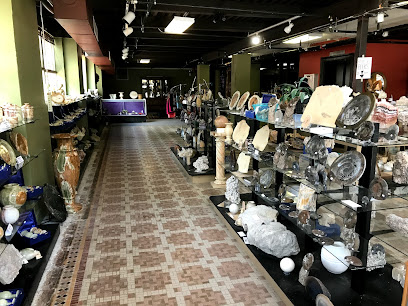
Essential bars & hidden hideouts
Ohio Club
Experience the historic charm and vibrant atmosphere of The Ohio Club, where delicious American cuisine meets live music in Hot Springs National Park.
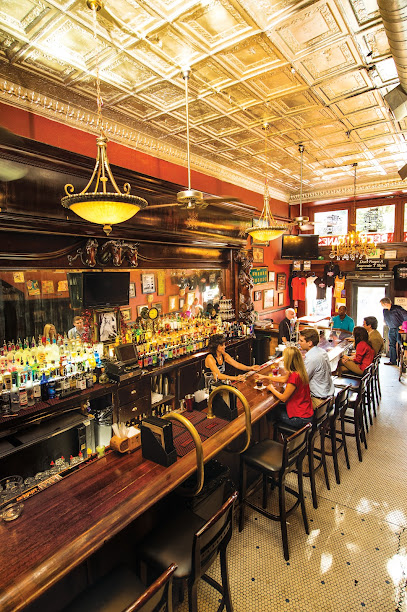
Steinhaus Keller
Savor the rich flavors of Germany at Steinhaus Keller, Hot Springs' premier destination for authentic German cuisine and a diverse beer selection.
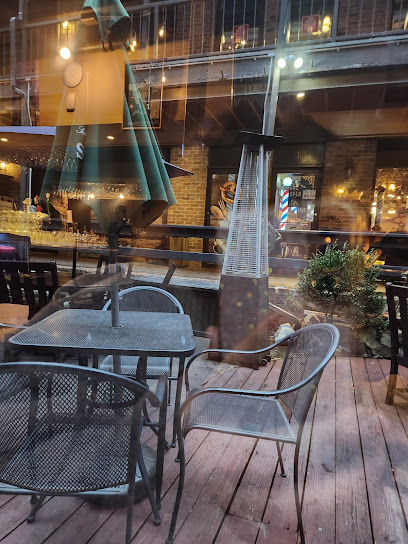
Fat Jacks
Experience the vibrant flavors of Fat Jacks, a top-rated restaurant and bar in Hot Springs, Arkansas, perfect for tourists seeking delicious food and lively ambiance.
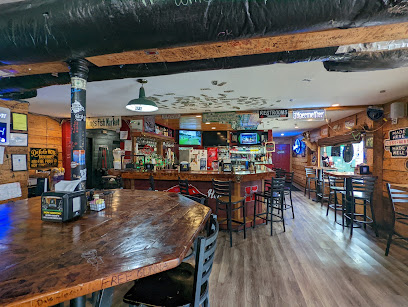
Copper Penny Pub
Discover the lively atmosphere of Copper Penny Pub in Hot Springs, AR, where delicious food, craft drinks, and local charm come together.
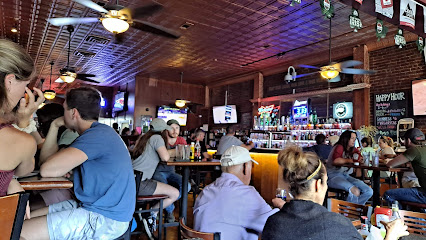
Superior Bathhouse Brewery
Experience craft beer and local flavors at Superior Bathhouse Brewery, a historic gem in Hot Springs National Park, Arkansas.
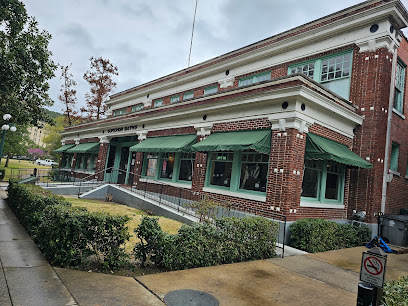
The Porterhouse
Experience the finest steaks and seafood in Hot Springs at The Porterhouse, where exceptional dining meets a warm, inviting atmosphere.

Maxine's Live
Experience the vibrant nightlife at Maxine's Live in Hot Springs, where live music, karaoke, and delicious pizza come together for an unforgettable evening.

Best Cafe & Bar
Experience the best of Hot Springs with delicious meals and a cozy atmosphere at Best Cafe & Bar, where every bite is a delight.
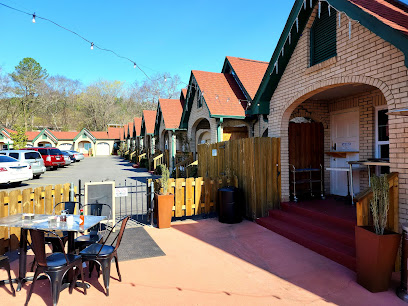
The Big Chill
Experience the vibrant nightlife and delicious cuisine at The Big Chill, the premier bar and music venue in Hot Springs, Arkansas.
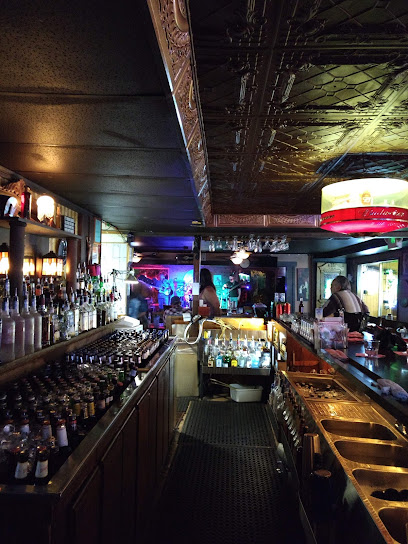
3B's Bar and Grill
Experience the vibrant flavors and lively atmosphere at 3B's Bar and Grill in Hot Springs, Arkansas, perfect for a fun night out with friends or family.
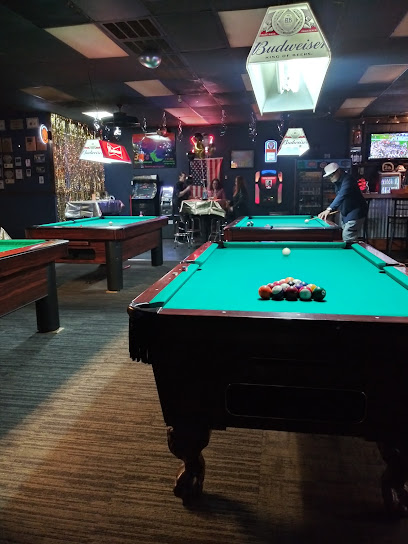
Boogies Bar & Grill
Experience the best of live music, delicious food, and vibrant nightlife at Boogies Bar & Grill in Hot Springs, Arkansas.
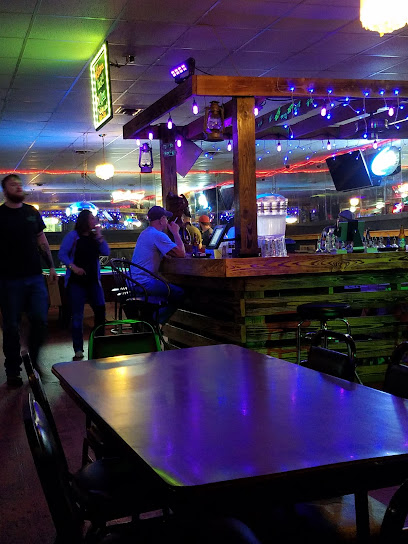
VIP Billiards Sports Bar
Experience the excitement of billiards and vibrant nightlife at VIP Billiards Sports Bar in Hot Springs, where fun meets relaxation.
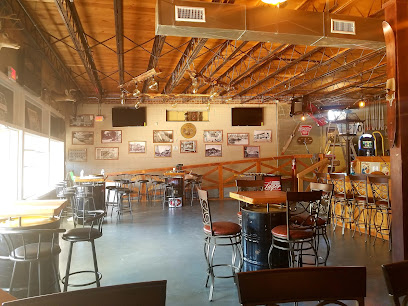
The Rooftop Bar
Experience stunning views and exquisite drinks at The Rooftop Bar in Hot Springs, Arkansas, a perfect spot for relaxation and enjoyment.
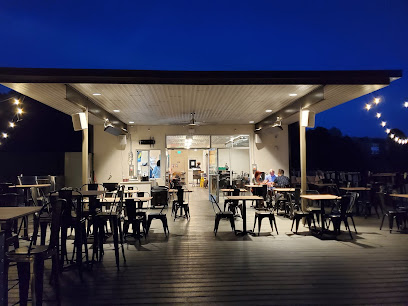
The Lobby Bar at the Arlington
Discover the elegance of The Lobby Bar at the Arlington, where expertly crafted cocktails meet a sophisticated atmosphere in Hot Springs.

Taphouse Club
Experience the thrill of sports, delicious food, and a vibrant atmosphere at Taphouse Club in Hot Springs National Park, the ultimate sports bar for all.
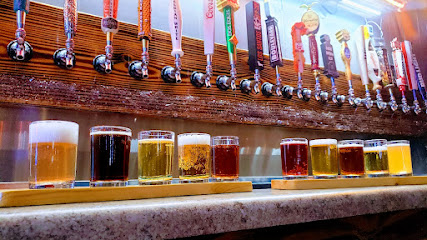
Local Phrases about Hot Springs National Park
-
- HelloHowdy
[hah-dee] - GoodbyeSee ya later
[see yuh lay-tur] - YesYep
[yep] - NoNah
[nah] - Please/You're welcomePlease
[pleez] - Thank youThanks
[thanks] - Excuse me/SorryPardon me
[par-dun me] - How are you?How y'all doin'?
[hao yahl doo-in] - Fine. And you?Fine. How 'bout you?
[fain. how 'bout yuh] - Do you speak English?Ya speak English?
[yah speak ing-glish] - I don't understandI don't reckon
[ah dohnt rehk-uhn]
- HelloHowdy
-
- I'd like to see the menu, pleaseI'd like to check out the menu, if y'all don't mind
[ahd laik tuh chehk owt thuh men-yoo, if yahl dohnt mynd] - I don't eat meatI don't eat no meat
[ah dohnt eet noh meet] - Cheers!Cheers!
[cheers] - I would like to pay, pleaseI reckon I'll settle up, if y'all don't mind
[ah rehk-uhn ayl set-uhl uh-p, if yahl dohnt mynd]
- I'd like to see the menu, pleaseI'd like to check out the menu, if y'all don't mind
-
- Help!Help!
[help] - Go away!Git!
[git] - Call the Police!Call the Sheriff!
[cahl thuh shur-uff] - Call a doctor!Call the Doc!
[cahl thuh dahk] - I'm lostI'm plum lost
[ahm pluhm lost] - I'm illI'm feelin' poorly
[ahm feel-in poor-lee]
- Help!Help!
-
- I'd like to buy...I'm fixin' to buy...
[ahm fik-sin tuh bahy] - I'm just lookingI'm just browsin'
[ahm jhust brow-sin] - How much is it?How much fer it?
[hao much fur it] - That's too expensiveThat's a mite pricey
[thats uh myt prahy-see] - Can you lower the price?Can y'all knock the price down a bit?
[cahn yahl nahk thuh prahys dahn uh bit]
- I'd like to buy...I'm fixin' to buy...
-
- What time is it?What time y'all got?
[whut taim yahl gawt] - It's one o'clockIt's one on the dot
[its wuhn on thuh daht] - Half past (10)Half past (10)
[haf past (ten)] - MorningMornin'
[mawr-nin] - AfternoonAfternoon
[af-tur-noon] - EveningEvenin'
[ee-vnin] - YesterdayYestiddy
[yess-tid-ee] - TodayToday
[tuh-day] - TomorrowTomorry
[tuh-mawr-ee] - 1One
[wuhn] - 2Two
[too] - 3Three
[three] - 4Four
[fawr] - 5Five
[fahyv] - 6Six
[siks] - 7Seven
[sev-uhn] - 8Eight
[ayt] - 9Nine
[nine] - 10Ten
[ten]
- What time is it?What time y'all got?
-
- Where's a/the...?Where's the...at?
[wheres thu...at] - What's the address?What's the addy?
[whuts thuh add-ee] - Can you show me (on the map)?Can y'all point me out on the map?
[cahn yahl point me owt on thuh map] - When's the next (bus)?When's the next (bus) fixin' to come?
[whens thuh nekst (buhs) fik-sin tuh kum] - A ticket (to ....)A ticket (to ....)
[a tick-uht (tu...)]
- Where's a/the...?Where's the...at?
History of Hot Springs National Park
-
Long before European settlers arrived, the area now known as Hot Springs National Park was a gathering place for various Indigenous tribes, including the Caddo, Quapaw, and Osage people. They regarded the hot springs as a sacred site with healing properties. Archaeological evidence indicates that Native Americans used the springs for thousands of years, leaving behind stone tools and other artifacts.
-
The first European to document the hot springs was the Spanish explorer Hernando de Soto, who arrived in the area in 1541. His expedition noted the warm waters, but it wasn't until the 17th century that French explorers further chronicled the springs. The French named the area 'Les Eaux Chaudes', meaning 'the hot waters.'
-
In 1832, President Andrew Jackson signed an act establishing Hot Springs as the first federal reservation, a precursor to the national park system. This act set aside four sections of land to protect the hot springs for public use, making it the oldest protected area in the United States.
-
During the late 19th and early 20th centuries, Hot Springs experienced a boom in popularity as a health resort. Elegant bathhouses were constructed along Bathhouse Row, offering therapeutic treatments and attracting visitors from around the world. Notable bathhouses from this era include the Fordyce Bathhouse, now a museum, and the Buckstaff Bathhouse, still in operation today.
-
In the early 20th century, Hot Springs became a hotbed of illegal gambling and a vacation spot for notorious gangsters like Al Capone. The town's reputation for vice led to frequent clashes between law enforcement and organized crime, adding a layer of intrigue to its history. Despite the illicit activities, the hot springs continued to draw legitimate tourists seeking relaxation and treatment.
-
In 1921, Hot Springs Reservation was officially designated as Hot Springs National Park. This change reflected the growing recognition of the area's unique natural and cultural resources. The park continued to evolve, balancing preservation with public access and enjoyment.
-
In recent decades, efforts have focused on preserving the park's historical structures and natural features. Restoration projects have revitalized many of the iconic bathhouses, while educational programs aim to inform visitors about the park's rich history and ecological significance. Today, Hot Springs National Park remains a beloved destination, blending its storied past with modern amenities.
Hot Springs National Park Essentials
-
Hot Springs National Park is located in central Arkansas, USA. The nearest major airport is Clinton National Airport in Little Rock, approximately 55 miles away. From the airport, you can rent a car, use a shuttle service, or take a bus to reach Hot Springs. Alternatively, you can drive directly to the park. It is accessible via US Route 70 and US Route 270.
-
Once in Hot Springs, the best way to explore the national park is on foot. The city of Hot Springs also has a public transit system called Intracity Transit, which operates buses within the city and can take you to various points of interest. Taxis and ride-sharing services like Uber and Lyft are available. For a more scenic experience, consider renting a bicycle.
-
The official currency is the United States Dollar (USD). Credit and debit cards are widely accepted in Hot Springs, including at most hotels, restaurants, and shops. ATMs are readily accessible throughout the city and the park. It is a good idea to carry some cash for smaller establishments or areas where card payment may not be accepted.
-
Hot Springs National Park is generally safe for tourists. However, it is always wise to take standard precautions such as not leaving valuables in your car and being aware of your surroundings, especially at night. The downtown area is usually bustling and safe, but avoid poorly lit areas and isolated neighborhoods after dark.
-
In case of an emergency, dial 911 for immediate assistance. Hot Springs has a local police department, fire department, and several medical facilities including the CHI St. Vincent Hot Springs hospital. For minor medical issues, there are numerous pharmacies in town. It’s advisable to have travel insurance that covers medical emergencies.
-
Fashion: Do wear comfortable walking shoes and dress in layers, as the weather can change. Don't wear overly revealing clothing in public areas. Religion: Do respect local religious practices if visiting a place of worship. Public Transport: Do be courteous to drivers and other passengers. Don't eat or drink on public transport. Greetings: Do greet people with a friendly 'hello' or 'hi,' and a handshake is common. Eating & Drinking: Do try local dishes and specialties. Don't forget to tip, as it is customary in the United States.
-
To experience Hot Springs like a local, visit the Buckstaff Bathhouse for a traditional thermal bath experience. Take a stroll down Bathhouse Row and explore the historic buildings. Don’t miss the Hot Springs Farmers Market for fresh produce and local crafts. The Grand Promenade offers a scenic walk with great views of the park and the city.
Nearby Cities to Hot Springs National Park
-
Things To Do in Little Rock
-
Things To Do in North Little Rock
-
Things To Do in Russellville
-
Things To Do in Conway
-
Things To Do in Sherwood
-
Things To Do in Pine Bluff
-
Things To Do in Texarkana
-
Things To Do in Fort Smith
-
Things To Do in Eureka Springs
-
Things To Do in Rogers
-
Things To Do in Bentonville
-
Things To Do in Shreveport
-
Things To Do in Clarksdale
-
Things To Do in Branson
-
Things To Do in Monroe







